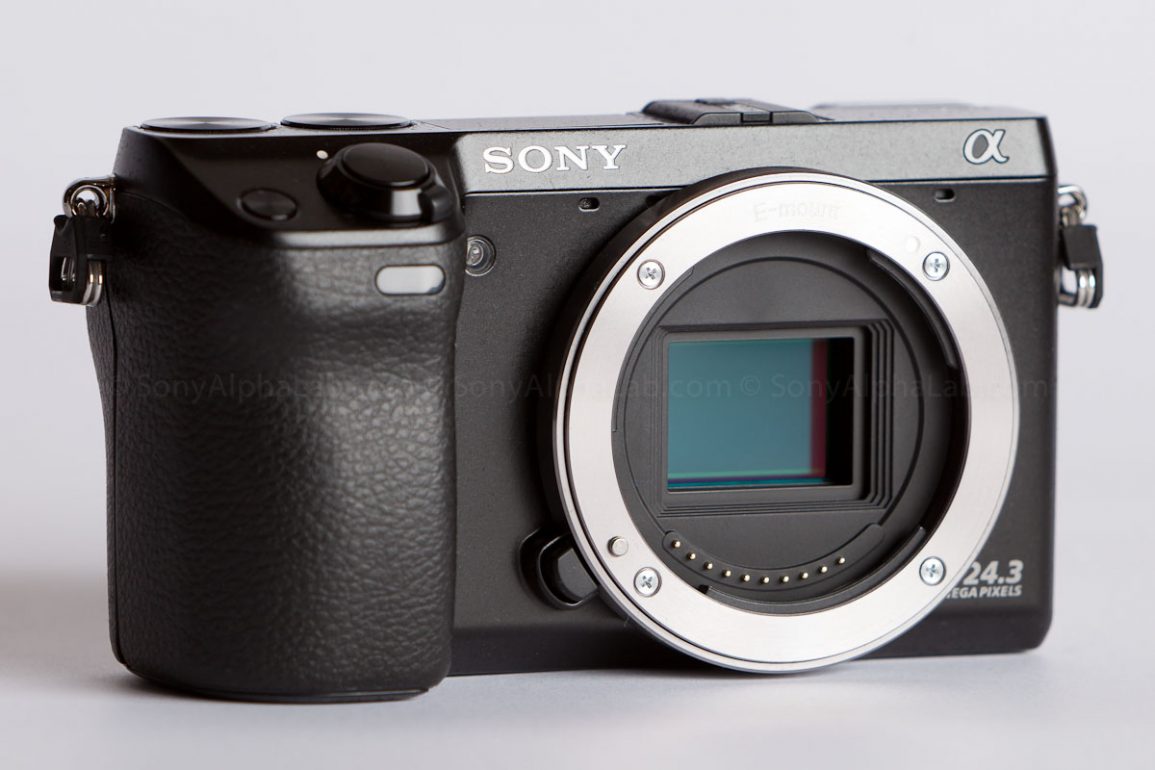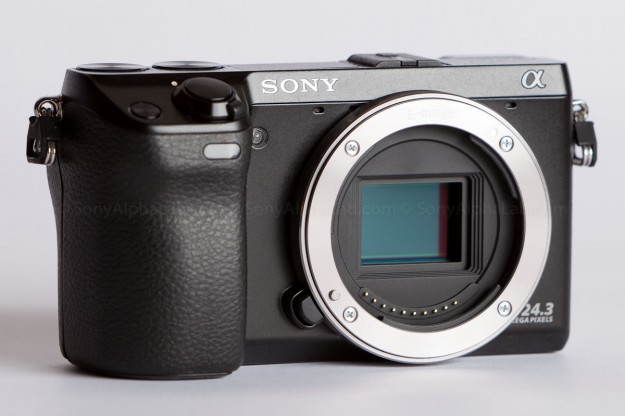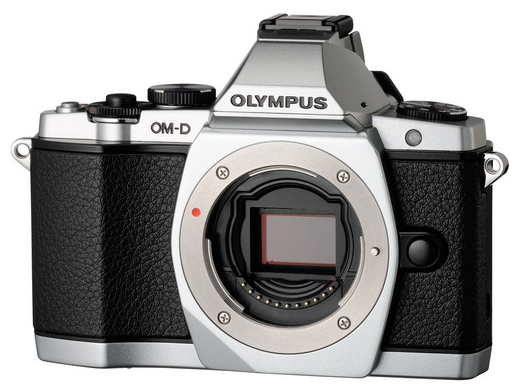I’ve been getting a lot of questions about the Nex-7 vs the OM-D E-M5 and I figured I put together a little comparison article for those of you on the fence 😉
Both of these cameras have very appetizing specs, but they are different, so it can make for a tuff choice depending on your photography needs. Need weather sealing? Need the best image quality possible? Need more native lenses??
Sony NEX-7
In summary the Sony Nex-7 has a better viewfinder, a higher res and physically larger sensor which will make for better image and video quality overall. decent built in flash, and focus peaking which is awesome for manually focusing. This is very important if you plan on using adapters and other lenses like I do!! Focus Peaking takes the guesswork out of manual focusing by showing you the high contrast sharp areas with a blinking line. The screen on the back of the Nex-7 is also higher res which is better for closely examining photos on camera. Currently 7 Native lenses available. Don’t forget to check out my Hands on Review of the Sony Nex-7 >>
Olympus OM-D E-M5
The Olympus OM-D E-M5 on the other hand has a much more rugged retro style build quality which makes it “splash proof”, and/or weather sealed. This is a really great feature and critical to some photographers!! The Olympus also features the Wolds first 5-axis IBIS (in body image stabilization), and much faster and accurate Autofocus system per the specs. For HDR shooters the Olympus has awesome AEB (auto exposure bracketing) settings that usually only come in the top dollar pro cameras that I’ve seen. Olympus also has a few more lenses available (9 total) which is a big plus over the limited E-Mount lenses available. The E-M5 is also a bit cheaper than the Nex-7 at OM-D E-M5 = $999 VS Sony Nex-7 = $1199. Full Preview of the OM-D E-M5 >>
Comparison Videos
Published on Jun 14, 2012
Published on Jun 14, 2012
Full Specs:
Camera Model |
Olympus OM-D E-M5  | Sony NEX-7 |
Price | BHPhotoVideo Body Only – $999 Kit – $1.299 | BHPhotoVideo Body Only – $1.199 Kit – $1.349 |
Price | Amazon Body Only – $999 Kit – $1.299 | Amazon Body Only – $1.199 Kit – $1.349 |
|
|
|
|
| Magnesium |
|
|
|
|
|
|
|
|
|
|
|
|
|
|
|
|
|
|
|
|
|
|
|
|
|
|
|
|
|
|
|
|
|
|
|
|
|
|
|
|
|
|
|
|
|
|
|
|
|
|
|
|
|
|
|
|
|
|
|
|
|
|
|
|
|
|
|
|
|
|
|
|
|
|
|
|
|
|
|
|
|
|
|
|
|
|
|
|
|
|
|
|
|
|
|
|
|
|
|
| – |
|
|
|
|
|
|
|
|
| 1/200 sec |
|
|
|
|
|
|
|
|
|
|
|
|
|
|
|
|
|
|
|
|
|
|
|
|
|
|
|
|
|
|
|
|
|
|
|
|
|
|
|
|
|
|
|
|
|
|
|
|
|
|
|
|
|
|
|
|
|
|
|
|
|
|
|
|
|
|
|
|
|
|
|
|
Conclusion:
The Olympus OM-D E-M5 in my opinion seems like it would be better for those looking for weather sealing, in camera image stabilization, and desires a lot of native lens choices. The HDR bracketing features are also very attractive I must admit!!
Personally though, I would still go with the Nex-7 for the huge image sensor size advantage which will ultimately result in better photo and video quality. The focus peaking feature on the Nex-7 is also absolutely incredible and the built in flash for snap shots seals the deal for me 🙂
Mind you, the Olympus has not even been scored yet for Sensor quality, so I’m speaking from the hip here!!






